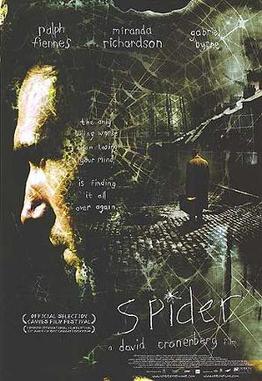After leaning some artworks that were
created with biotech, I realize that there are some artists wasting high costs
to use biotech to change their natural bodies or even design the bodies. I am
shocked and do not really appreciate them. I am not the only one who feel
uncomfortable about this combination of biotech and art. William Kearns, a
medical geneticist, claimed that he is totally against it, and Mark Hughes, one
of the inventors of pre-implantation genetic diagnosis, called this
non-therapeutic use “ridiculous and irresponsible.”
 |
Portrait of Stelarc's 3rd Ear
https://en.wikipedia.org/wiki/Stelarc#/media/File:Portrait-of-Stelacr%27s-3rd-Ear-by-Shaun-Gladwell.gif
|
Stelarc is the famous artist who uses
biotech to extend the capacities of the human body. In 2007, he implants an “ear”
beneath the skin on his left forearm and his collaborator, Nina Sellars, photographed
his body modification. Stelarc also once performed with a robotic third arm. In
Stelarc’s opinion, the human body is obsolete and needed to be modified. I
cannot agree with this idea. There are kids born with three legs or soldiers
going back home without arms. They all wish they could have the “normal human
bodies”. However, there is also a “creative” artist, who takes up the resources
that could be used to treat disabled people.
 |
Stelarc with his Robotic Third Arm
|
Additionally, I feel uncomfortable about
the “designer babies”. To create a “designer baby”, doctors first screen the embryos
and then use implantation or gene therapy to create desired traits in a child. I
feel that the “designer babies” are more like idealized products than human
babies. Moreover, the destruction of unwanted embryos seems unethical to me.
 |
Designer Baby
https://www.google.com/search?q=designed+babies&biw=1405&bih=764&source=lnms&tbm=isch&sa=X&ved=0ahUKEwjX-vq-kczMAhVJx2MKHQpaAXQQ_AUIBigB#imgrc=1ZwC4GGobGHbtM%3A
|
I understand that some artists are eager to
be creative and they want to work in the fields that no one worked in before.
However, in my opinion, there should be a boundary that the artists cannot cross.
It’s not ethical to me for an artist to take up the therapeutic resources or
for an artist to turn babies into products.
Source:
Johnson, Priya. "Pros and Cons of Designer Babies."
Buzzle. Buzzle.com, n.d. Web. 09 May 2016.
Gautam. "A Baby Please. Blond, Freckles -- Hold the Colic".The Wall Street Journal
. Retrieved 18 October 2012.
"Designer Babies: A Right to Choose?"
Wired.com. Conde Nast Digital, n.d. Web. 09 May 2016.
"Performer gets third ear for art" BBC News. Last Updated: Thursday, 11 October 2007, 14:49 GMT 15:49 UK





















